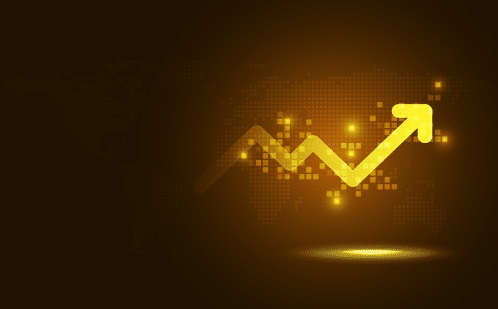
Shiller CAPE Ratio At All-Time High and Climbing Rapidly
EDITOR NOTE: Numerous price indexes--including the Warren Buffett Indicator, Case-Shiller National Home Price Index, S&P 500 Dividend Yield chart, Shiller CAPE Ratio, and the S&P 500 Price to Book Value chart--are screaming “asset bubbles!”. These indicators, designed to report extreme levels, are now showing extremities as a “sustained norm” thanks to a boost from the Federal Reserve. The Fed has essentially reframed what would normally be considered an anomaly to a mere segment of its strategic implementation. Of course, this is nothing new, as the central bank has successfully gaslighted America into believing that economic intervention reflects the natural flow of the economy (transfer that to the idea of freedom and it’s like saying the disruption of your freedom is a natural part of your freedom, which doesn’t make sense). In the end, we as Americans are going to pay for it, in the near term as inflation deepens, in the intermediate-term as the market eventually craters, and in the long term as our income and wealth are virtually seized, by tax or debasement, to pay for the debasement of our wealth--the vicious cycle that started it all.
Singer Billy Joel almost got it right in his song “We didn’t start the fire.” The Federal Reserve started the asset bubble fire.
The famous Buffett Indicator is signalling a massive stock market bubble or serious overheating.
Here is your first assignment for class. Plot the Buffett Indicator (Wilshire 5000 Total Market Full Cap Index/GDP *100 against The Federal Reserve Balance sheet). It should look like the following:

If we look at global market cap / global GDP, all stocks now worth equal to 133% of global GDP, meaning Buffett indicator screaming BUBBLE! But maybe this time is different in an era w/negative real yields & upcoming exponential earnings growth in the tech sector.

How about Robert Shiller’s cyclically-adjusted price-to-earnings (CAPE) ratio? It is climbing rapidly and is above Black Tuesday’s spike in 1929 but still below the peak of the dot.com bubble.

In terms of price-to-book ratio for the S&P 500 index, the P/E ratio is rising rapidly and it just below the dot.com bubble level.

The S&P 500 dividend year is at its lowest point since the dot.com bubble and considerably below Black Tuesday (1929) and Black Monday (1987).

Speaking of Robert Shiller, the Case-Shiller National Home Price Index keeps rising rapidly along with The Federal Reserve’s balance sheet.

What will happen if The Fed stops flooding the markets with liquidity? I don’t think they can stop the fire.
Original post from Confounded Interest
The financial market is crumbling and EVERYONE will be affected. Only those who know what's going on and PREPARE will survive... dare we say thrive. Our 7 Simple Action Items to Protect Your Bank Account will give you the tools you need to make informed decisions to protect yourself and the ones you love.









